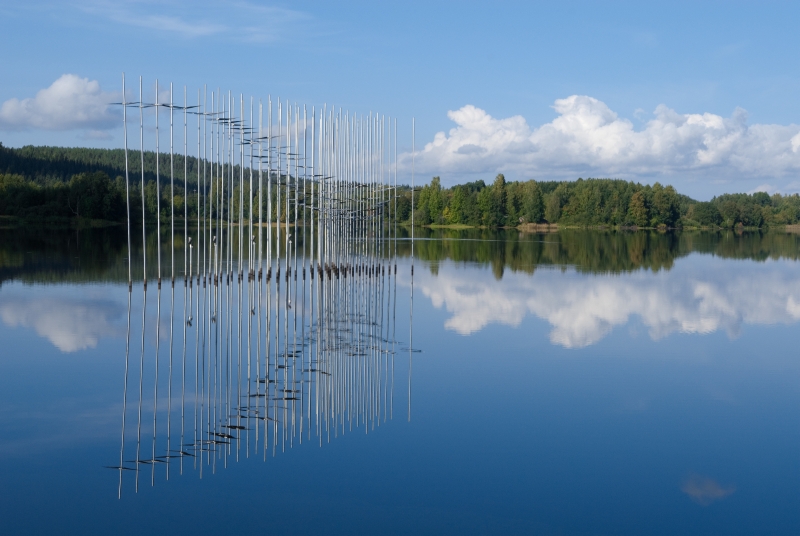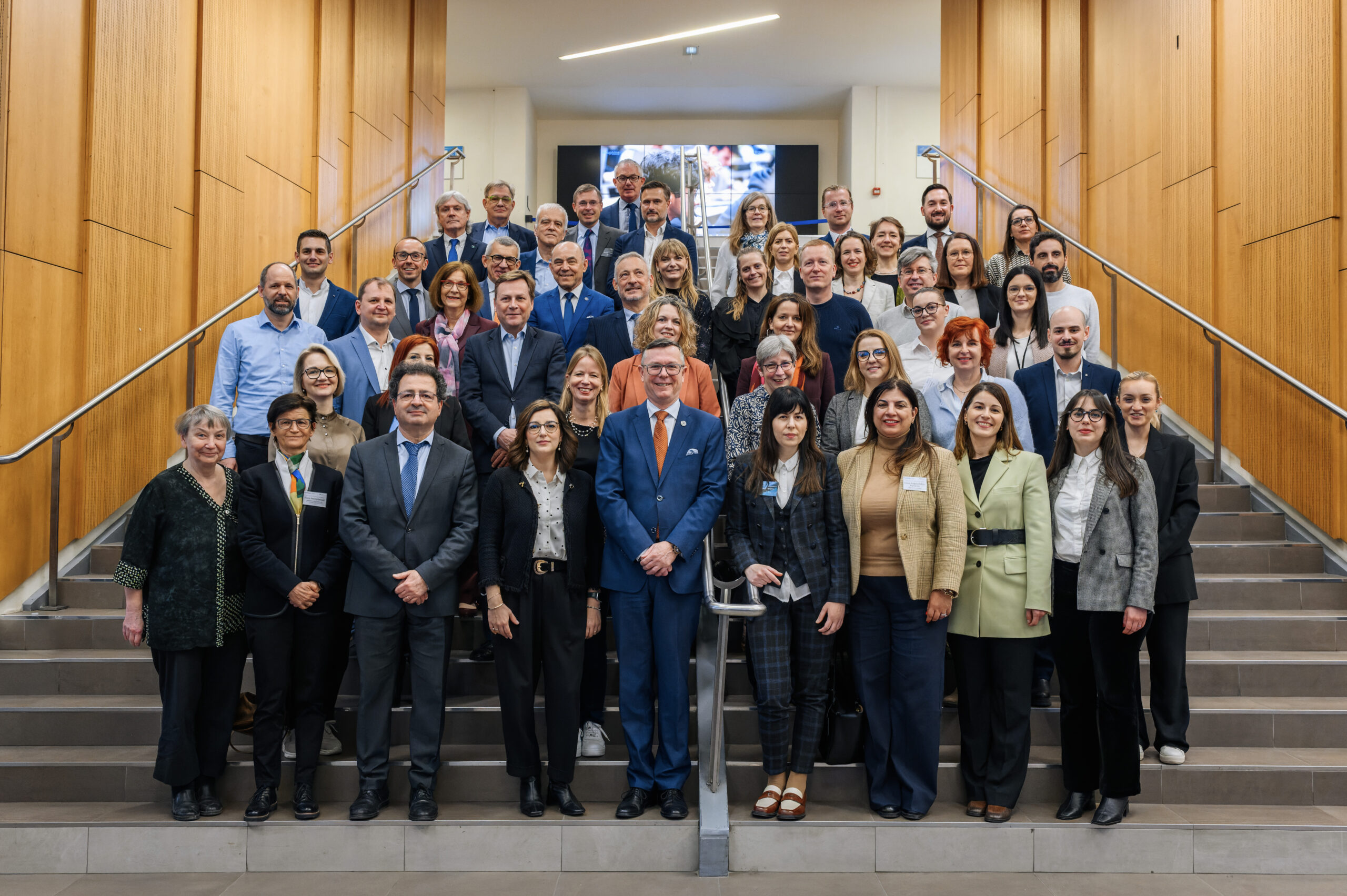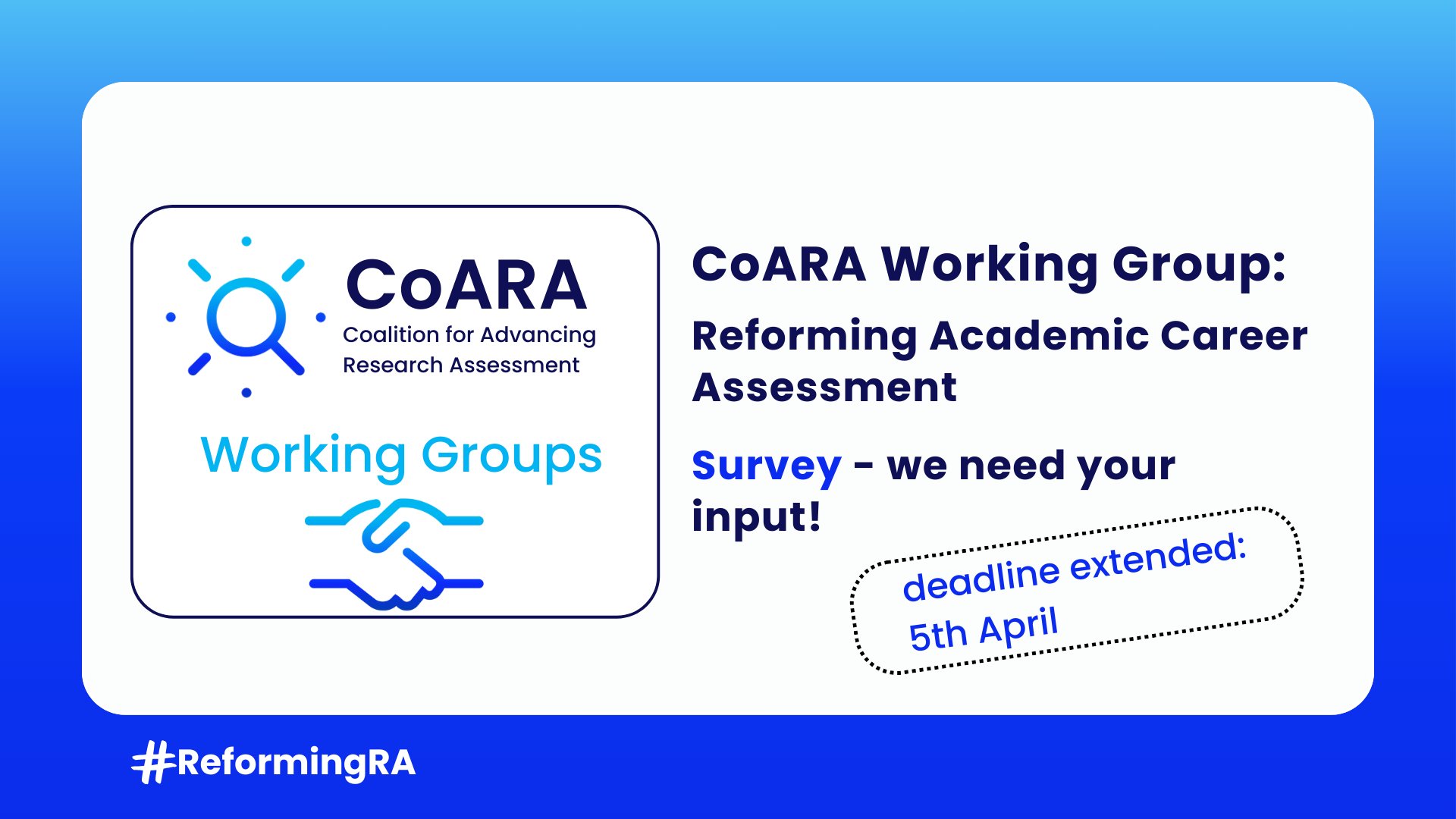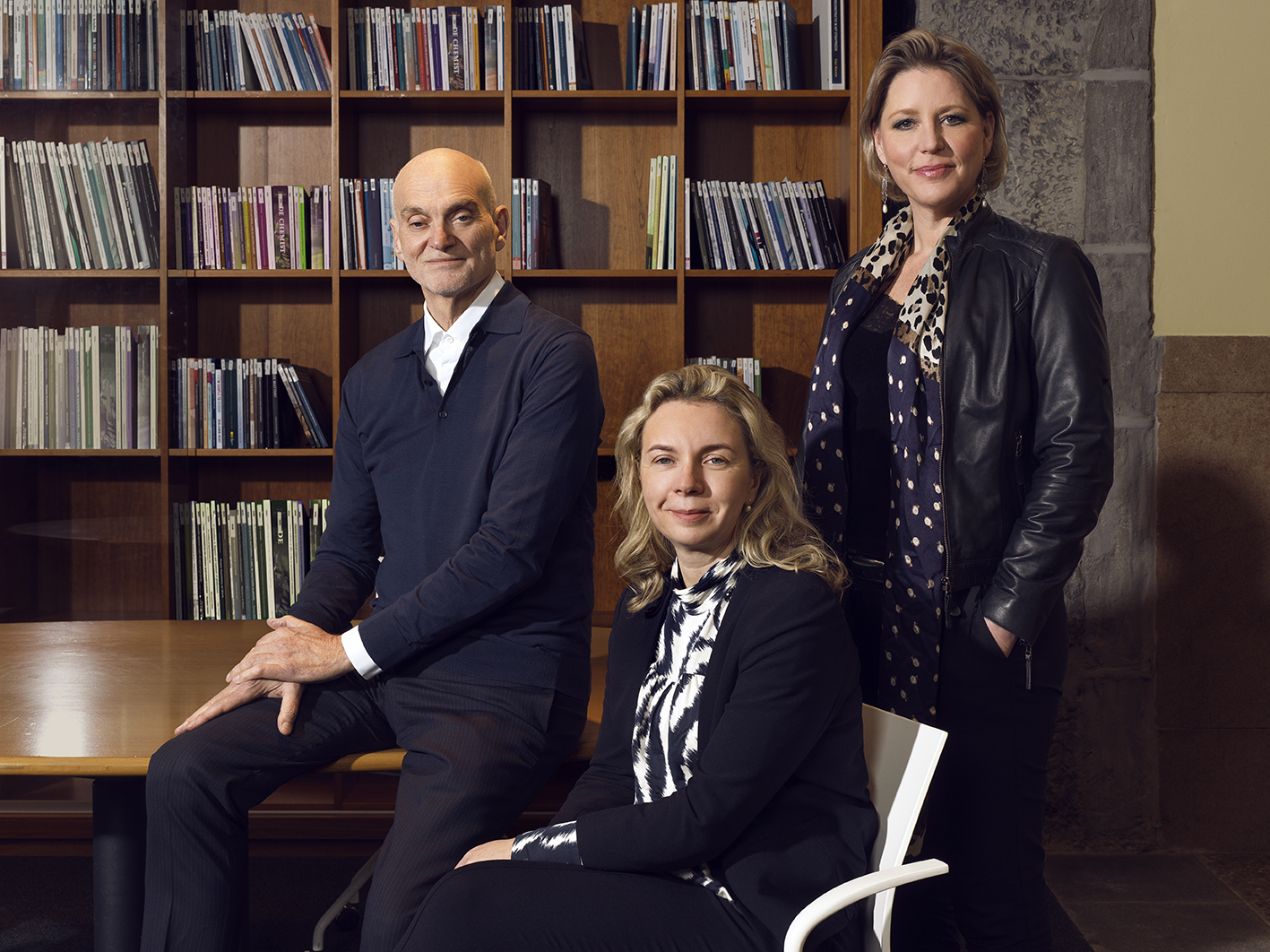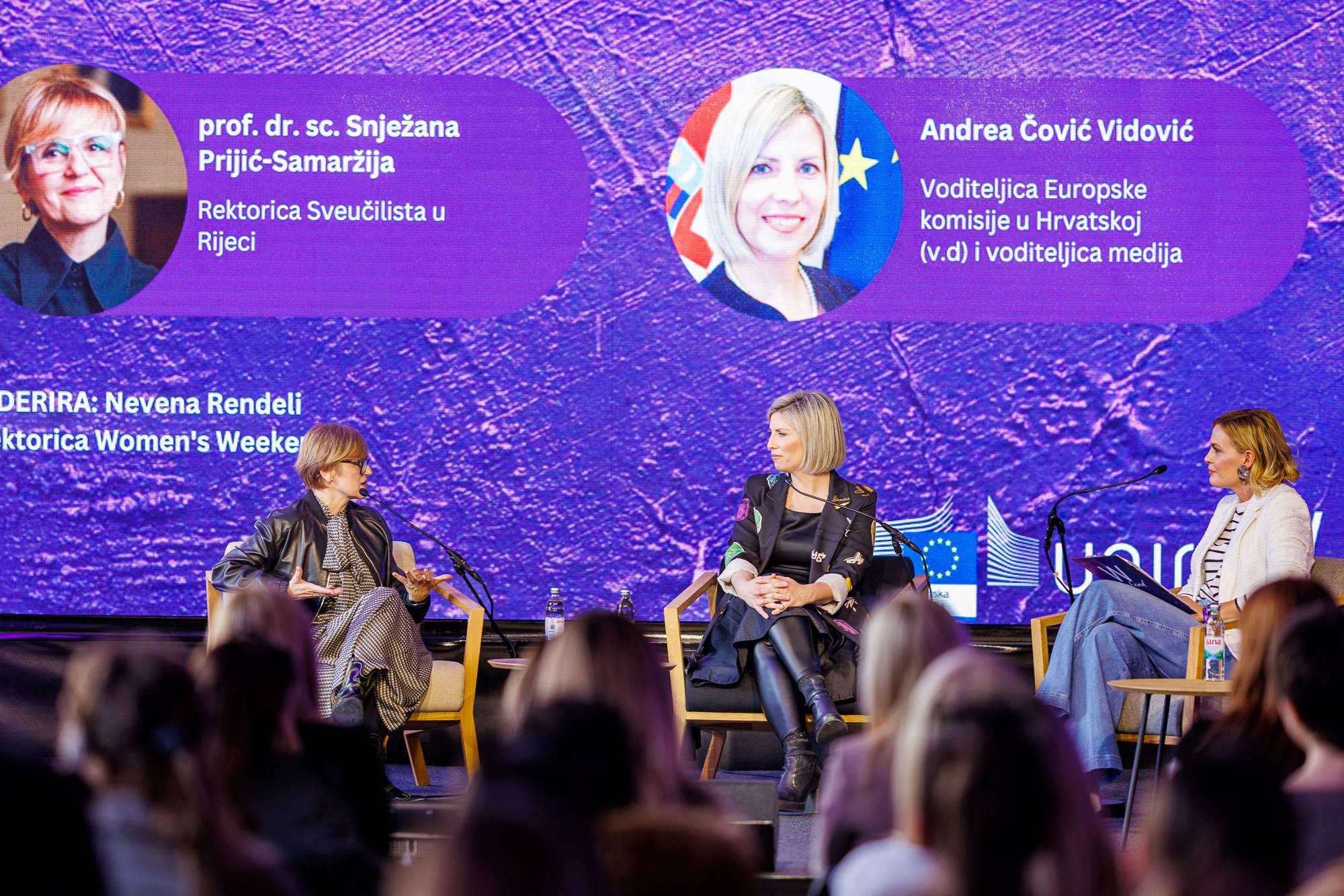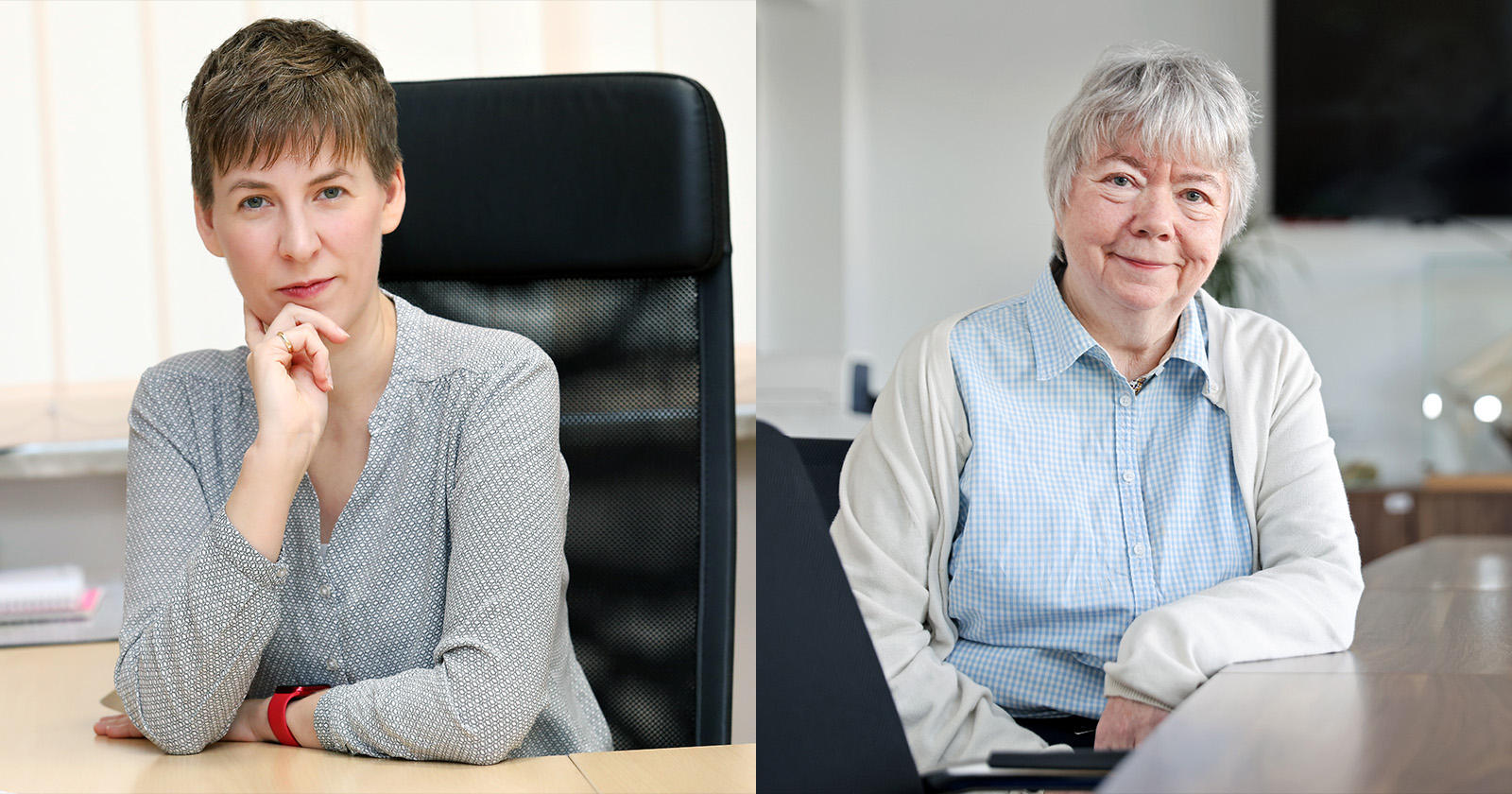A two-year Marie Skłodowska-Curie Actions Individual Fellowship has brought Eng Kuan Moo from Canada to the Biophysics of Bone and Cartilage research group at UEF.
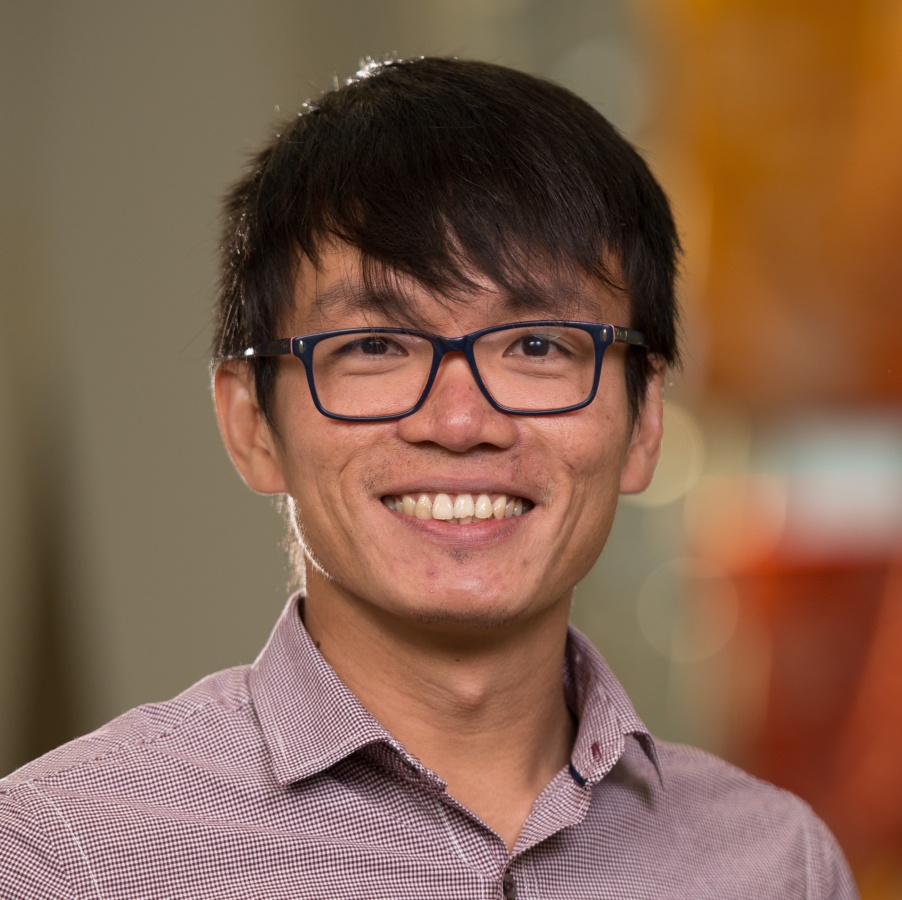
Eng Kuan Moo, PhD, has been working under a Marie Skłodowska-Curie Actions Individual Fellowship at the University of Eastern Finland since this March.
Moo did his undergraduate degree at the University of Malaya, from where he also obtained his PhD in Biomedical Engineering in 2014. Moo has been doing his postdoctoral research at the Human Performance Laboratory in the University of Calgary in Canada, where his path with Professor Rami Korhonen, his current supervisor at UEF, also crossed for the first time.
“My story with UEF started about two years ago, when Professor Rami Korhonen sent me an email about a new training programme the university was launching for people interested in applying for the MSCA IF grant,” Moo says.
According to him, the training programme was extremely helpful and his chances of getting accepted would have been considerably slimmer without it.
“The programme gave me an idea what kind of applications had been successful in the past, and I received plenty of useful feedback, not only on the application, but also on my research,” he says.
Contributing to the collective effort
Moo’s work in the Biophysics of Bone and Cartilage research group addresses osteoarthritis, a debilitating joint disease that is caused by damage to articular cartilage. Osteoarthritis can cause severe restriction of joint movement and overall mobility, and the disease affects more than 40 million people in Europe alone. Moo’s project focuses on tissue engineering, which shows promise as a treatment strategy: damaged tissues could be replaced with tissue-engineered constructs.
“Tissue-engineered constructs are made of polymer artificial material, which are embedded with living cells. My research focuses on developing and validating a computational model that considers different parameters and variables in order to find the best tissue-engineered construct for transplantation and, eventually, for clinical application in humans.”
“This is, of course, something that I can’t do alone, but rather contribute to the collective effort. I hope that the model we build can help to inform the community and that one day we’ll be able to introduce tissue-engineered constructs to clinical practice,” Moo explains.
Moo uses imaging techniques for model validation, i.e., to see whether something that has been approached from a mechanical point of view actually works in a real-life setting.
“Imaging and modelling go hand in hand, and imaging data is needed to validate models. Currently, I mostly use in situ and in vitro imaging techniques, but I’ve also used multi-photon laser microscopy.”
The current focus of Moo’s research is on the knee joint, because tissue degradation in the knee can lead to loss of mobility.
“We know how important for health and well-being it is to maintain mobility for as long as possible,” he points out.
Moo says he’s trying to expand his current research project and to get more researchers involved.
“I’m also thinking about applying for research funding from Finland, which would allow me to continue doing research here. But one never knows – we’ll see where my journey takes me.”

